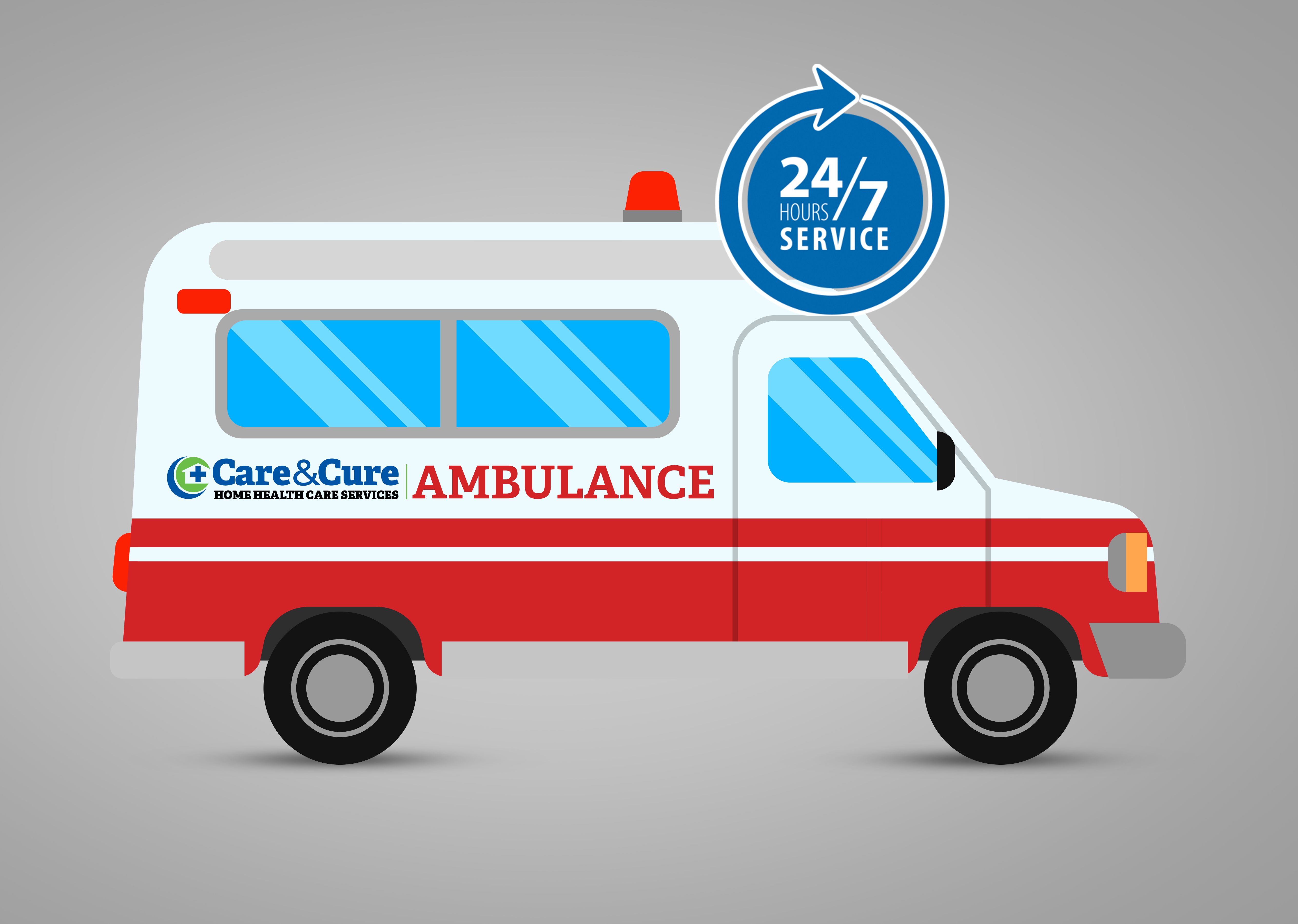
BUY NOW


We provides pre-hospital medical care and transportation to individuals who are ill or injured and require immediate medical attention.
Emergency Response: Ambulance services are available around the clock and are equipped to respond to emergency calls promptly. They play a crucial role in providing immediate medical assistance to patients at the scene of an accident, during a medical emergency, or while transporting patients between medical facilities.
Medical Personnel: Ambulances are staffed by trained medical professionals who can provide on-site medical care. This may include emergency medical technicians (EMTs), paramedics, or even specialized teams such as critical care paramedics or flight nurses. These professionals are responsible for assessing the patient's condition, providing initial treatment, and stabilizing them for transport.
Medical Equipment: Ambulances are equipped with a wide range of medical equipment and supplies to support patient care during transport. This may include equipment such as defibrillators, oxygen delivery systems, advanced airway management devices, intravenous (IV) supplies, trauma kits, and immobilization devices for spinal injuries.
Transportation: Ambulances are designed to transport patients safely to medical facilities. They are equipped with specialized features like stretchers, securement systems, and advanced life support capabilities to ensure patient comfort and care during transit. The ambulance crew continues to monitor and treat the patient throughout the journey.
Communication and Coordination: Ambulance services maintain communication systems that enable them to receive emergency calls, coordinate with other emergency responders, and communicate with hospitals. This allows them to provide real-time updates on the patient's condition and ensure seamless continuity of care.
Different Levels of Care: Ambulance services may offer different levels of care depending on the severity of the patient's condition. For example, Basic Life Support (BLS) ambulances are staffed by EMTs who can provide basic medical care, while Advanced Life Support (ALS) ambulances have paramedics who can deliver more advanced medical interventions. It's important to note that the specific services provided by ambulance services can vary between different regions and healthcare systems. However, the primary objective of an ambulance service is to provide timely and appropriate medical care to individuals in need, ensuring their well-being and improving their chances of survival during critical situations.
(c) Care & Cure | 2023
Site Developed by Igen Software Solutions